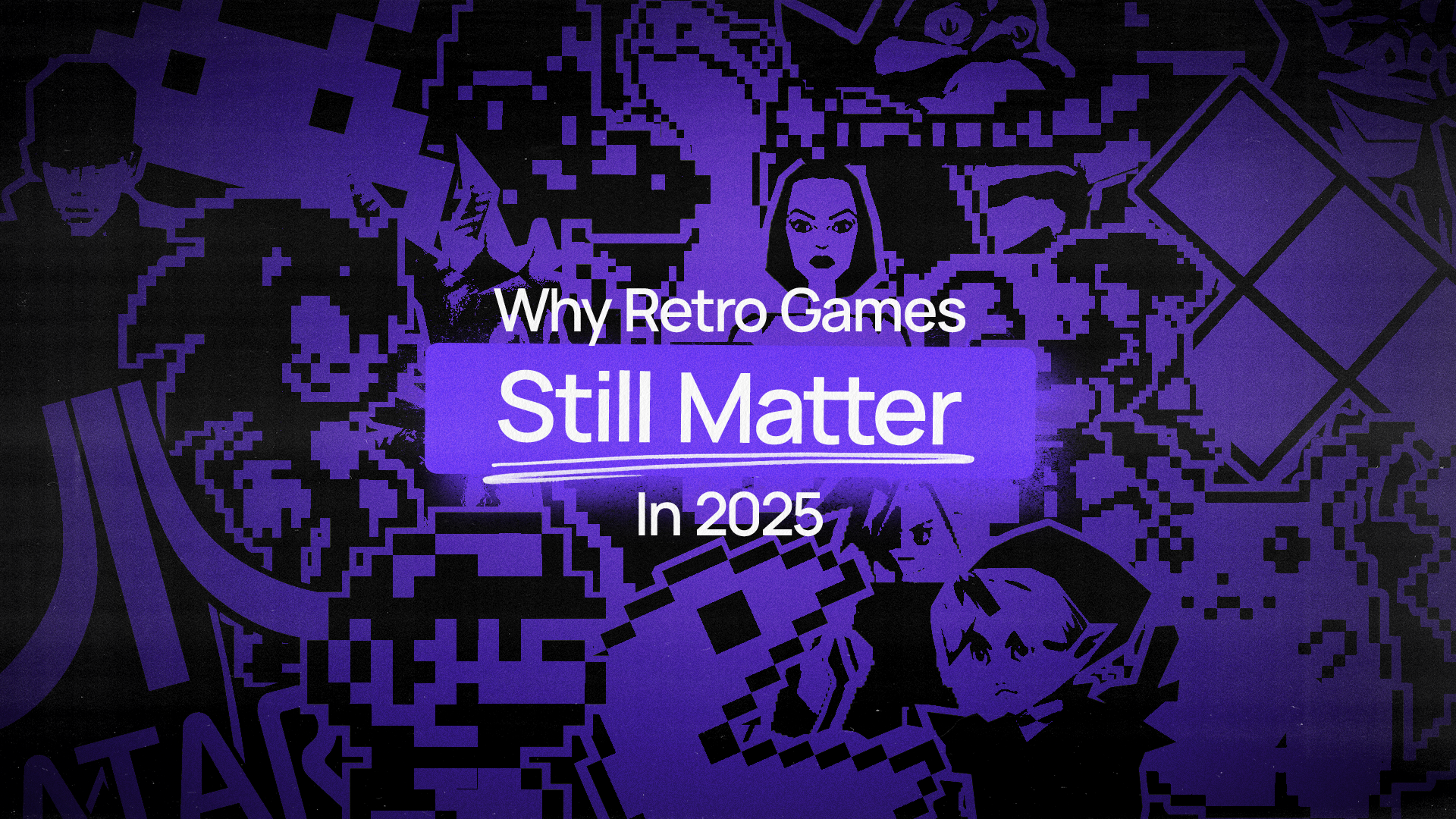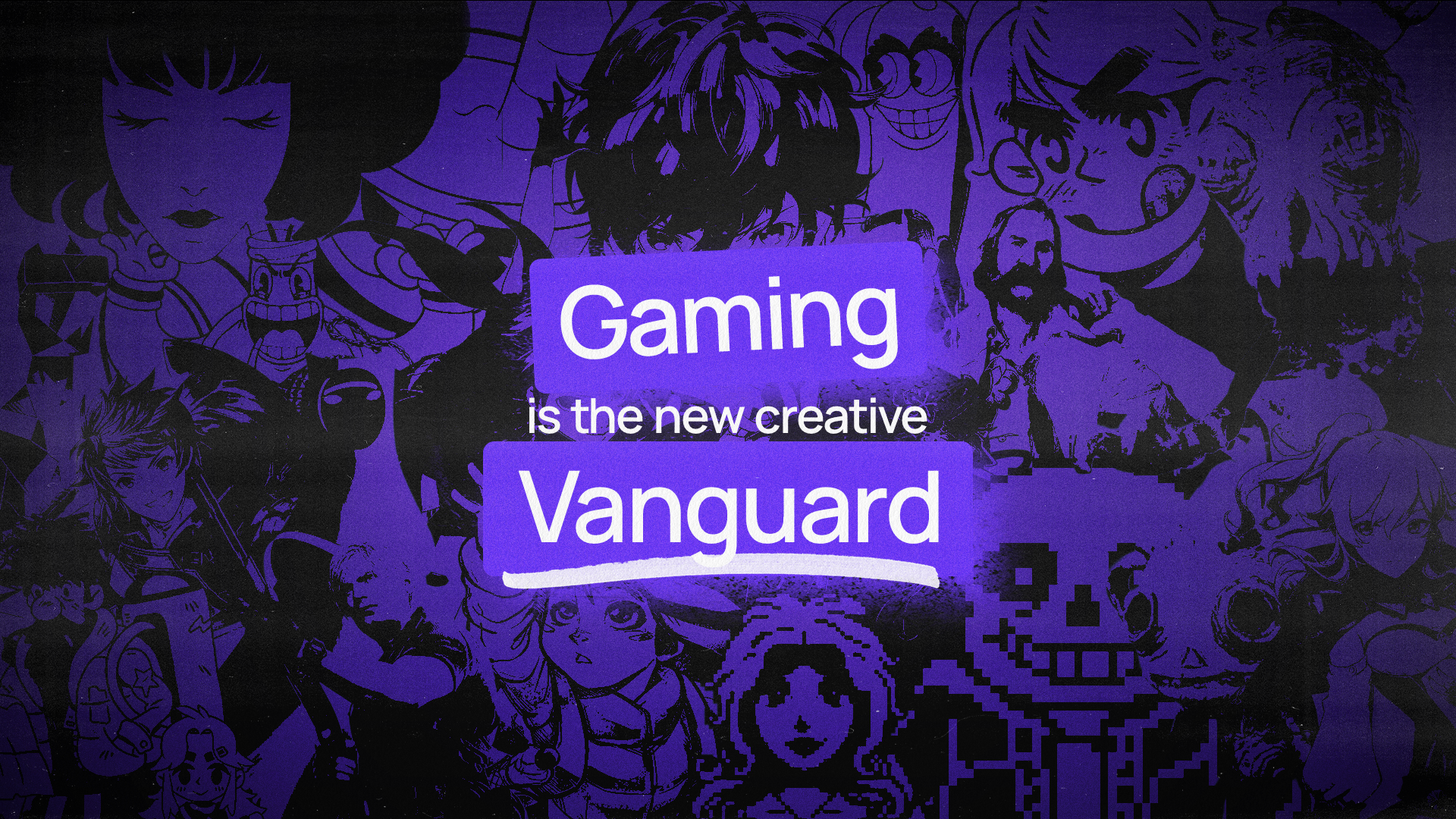Ideas
10 Minute Read
Why Retro Games Still Matter in 2025

A few months ago, I watched a streamer fire up Castlevania: Symphony of the Night on the original PlayStation for the first time. They had no nostalgia for it, no memories of it tucked away from childhood. And yet, they were completely hooked. Not by the graphics, which were dated. Not by the story, which took time to unfold. But by the way it felt. The rhythm. The responsiveness. The confidence of the design.
These moments are everywhere now. Retro games are being discovered anew by players who missed them the first time. They’re not just surviving, they’re thriving, not as curiosities, but as experiences that still connect.
Why is that? It’s not one thing. It’s how they feel, how they play, how they look and sound, and how they continue to shape gaming’s future. Retro games teach us things that modern games sometimes forget.
More than nostalgia
Retro gaming is often framed through the lens of nostalgia, but that only tells half the story. For older players, retro games are time capsules. They recall birthday mornings spent unwrapping cartridges or late nights passing controllers on a friend’s bed. But for younger audiences, these games are not memories, they’re revelations.
There’s emotional weight in their simplicity. The ritual of slotting in a cartridge, navigating chunky menus, and mastering a game’s logic without handholding creates a sense of ownership. These experiences build identity, whether you grew up with them or found them later in life. There is also something deeply grounding in the feel of physical media. The weight of physical media, the textured click of a case opening, and the ritual of flicking through an instruction booklet packed with bespoke illustrations and vibrant layout design all contribute to a tactile, anchored experience. Games used to come dressed in graphic design that told you as much about the mood and energy of a title as the game itself. That effort wasn't just aesthetic, it was atmospheric, setting a tone before you even pressed start.
In a world of algorithmic feeds and infinite scroll, there’s something comforting about the tangible limits and directness of retro play. Much like the resurgence of vinyl, there’s a tactile satisfaction to analogue over digital. Retro gaming, with its chunky cartridges and CRT aesthetics, evokes a similar warmth and intentionality. Just as music lovers talk about the crackle of the needle or the art on a record sleeve, players remember the weight of a game box and the glossy foldout maps inside. It’s about more than just consumption, it’s about presence, ritual and connection. It’s gaming with edges and outlines. It’s gaming you can feel.
-
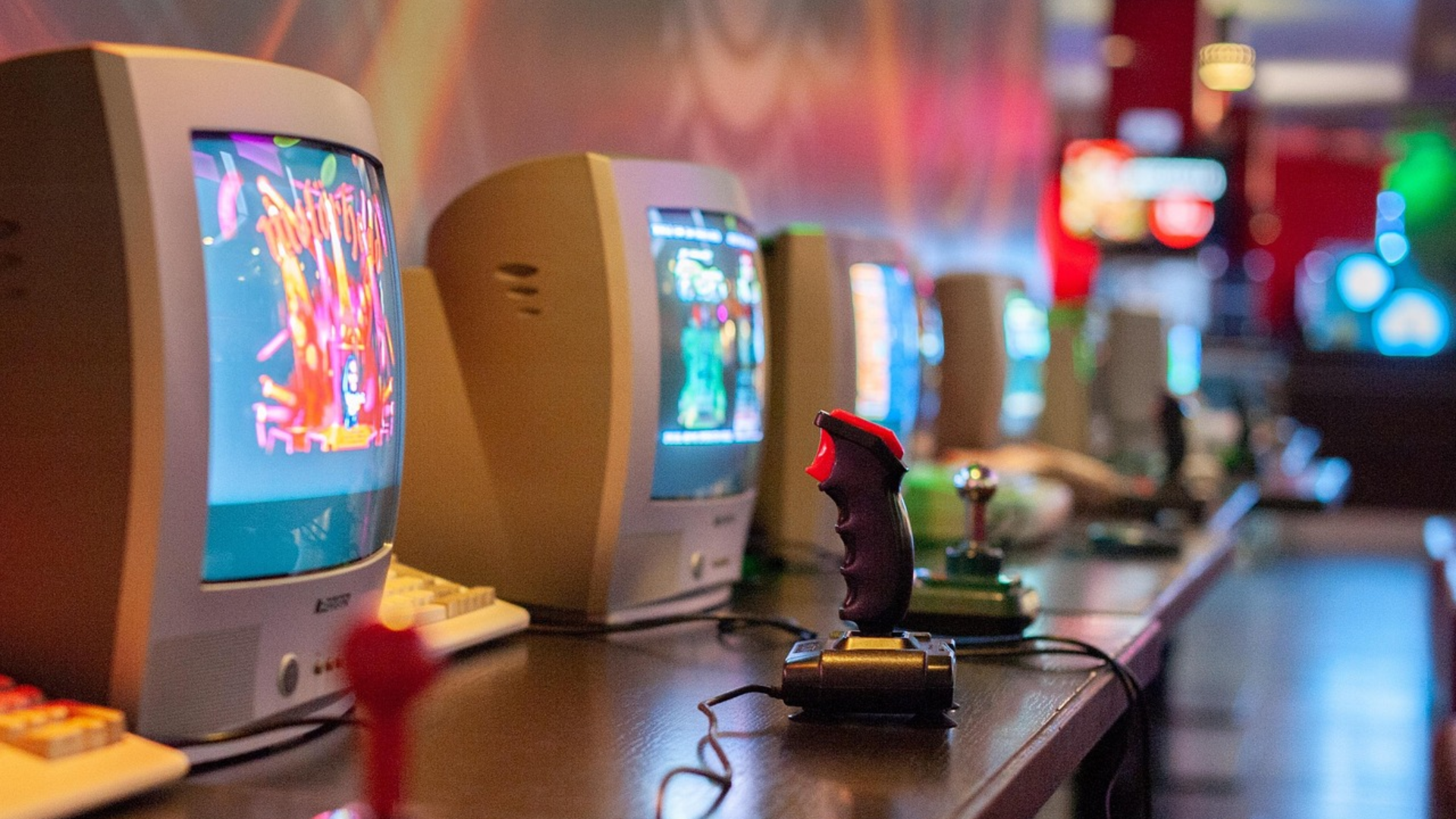
Retro games - they're still important in 2025!
-
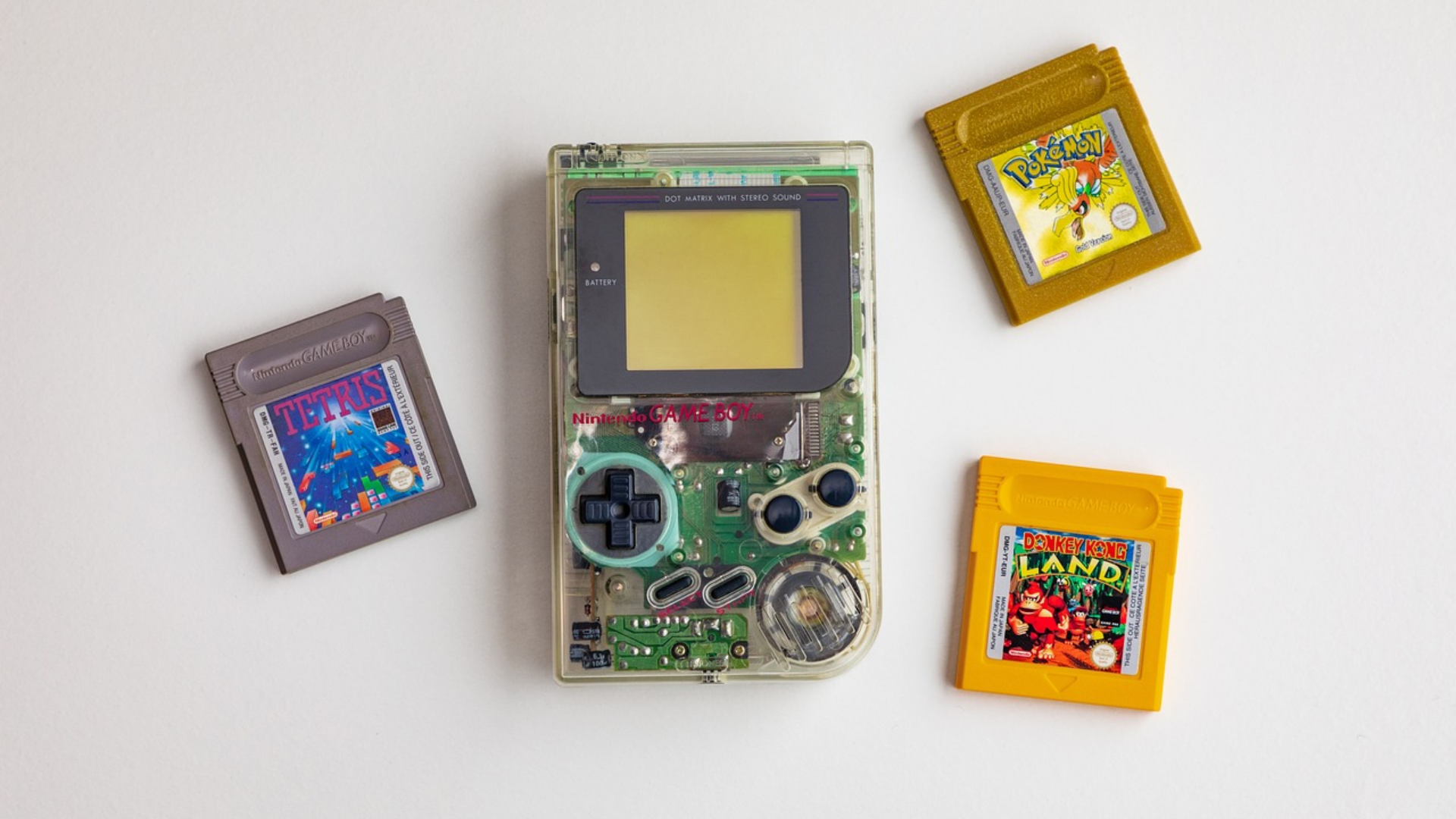
Old school cartirdges - there's emotional weight in their simplicity
Why Simplicity Still Wins
From emotion, we turn to interaction. Modern games are often bigger, but not necessarily better. Live service titles chase engagement metrics. Open worlds sprawl with filler. In contrast, retro games offer clarity. Whether it’s the mechanical purity of Tetris, the deliberate pacing of The Legend of Zelda: A Link to the Past, or the depth of Street Fighter II, these experiences prove that less can be more.
Their rules are consistent. Their inputs are tight. And their goals are legible from the first screen. That accessibility makes them ideal not only for casual replays, but also for newcomers wanting to understand the craft behind the games they play today.
Aesthetic Influence in 2025
What we play is shaped by how games look and sound. From Sea of Stars to Look Outside to Blasphemous, modern indie games proudly borrow the language of pixel art, chiptune soundtracks, and lo-fi effects. This isn’t just for charm, it’s about expressiveness.
With fewer pixels to work with, creators become more intentional. A single frame of sprite animation can suggest character more effectively than lines of VO. Likewise, limited palettes demand creative clarity. The result is aesthetic choices that do more with less, speaking directly to today’s design conscious players.
The look of retro is no longer a throwback. It has a practical application.
The business of bringing retro back
This legacy isn’t only artistic. It’s commercial. Tomb Raider Remastered, Metal Gear Solid Master Collection, and Persona 3 Reload all landed as headline titles because they still work.
Remasters in particular play a unique role. They aren’t just technical upgrades,they’re opportunities to reframe the original game through the lens of modern expectations while preserving its soul. Consider the emotional clarity of Link’s Awakening on Switch, where toy-like visuals gently modernised a beloved classic, or the divisive anticipation surrounding the upcoming Silent Hill 2 remake, where every visual and tonal choice feels weighted with history.
These projects function as bridges. They bring old experiences into new formats, making them legible for younger players while giving longtime fans a refreshed perspective. When done right, a remaster can do more than revisit the past, it can deepen it.
Publishers are leaning into back catalogues, reissuing hardware, and greenlighting remasters because there’s consistent demand. Limited physical releases from companies like Limited Run Games regularly sell out. Nintendo continues to expand its Switch Online libraries. Even analogue hardware like the ironically named Analogue or the Evercade gets serious attention.
Retro is good business, especially when it’s paired with curation and care.
-
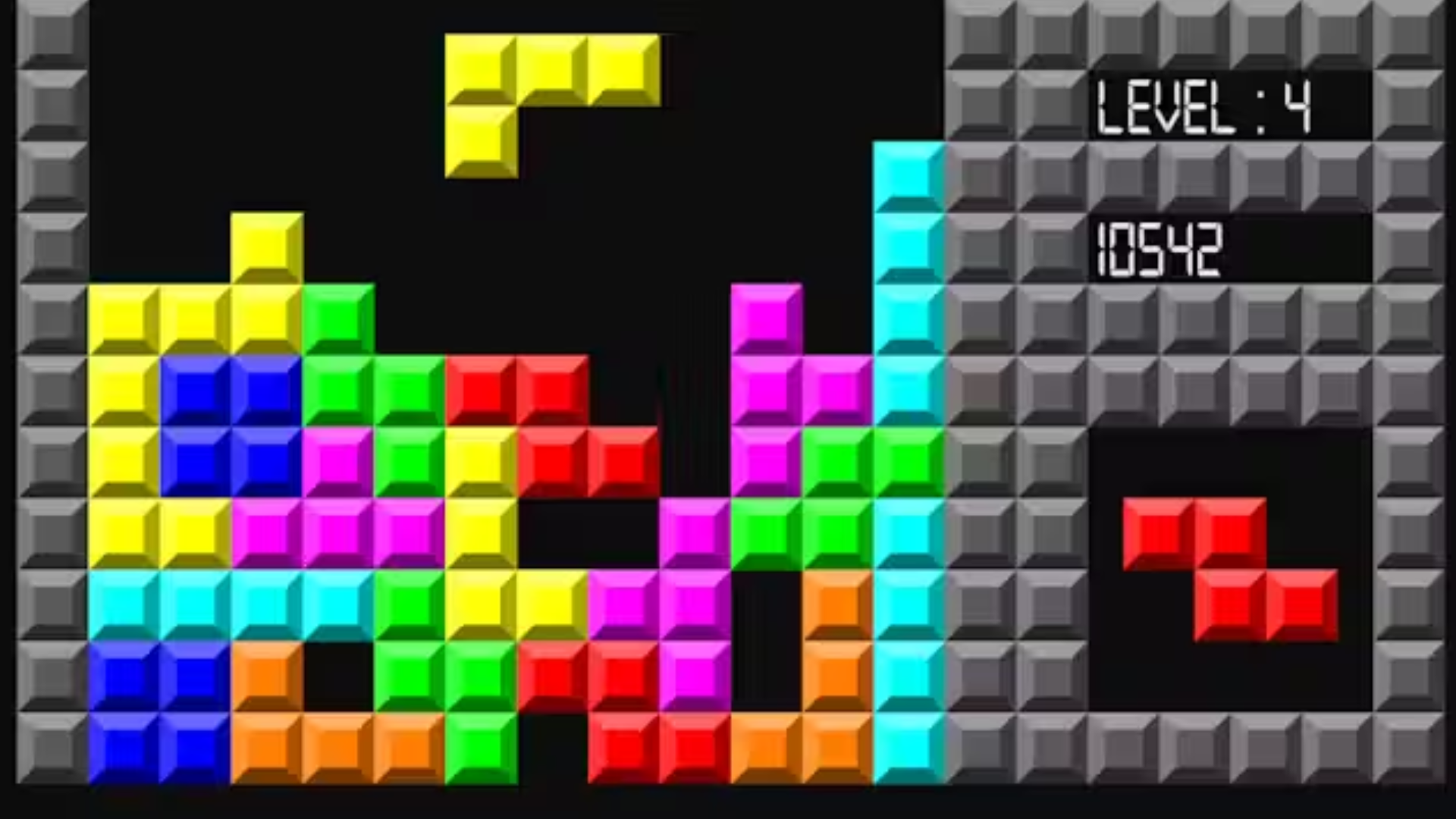
Tetris - a simple but loved retro game
-
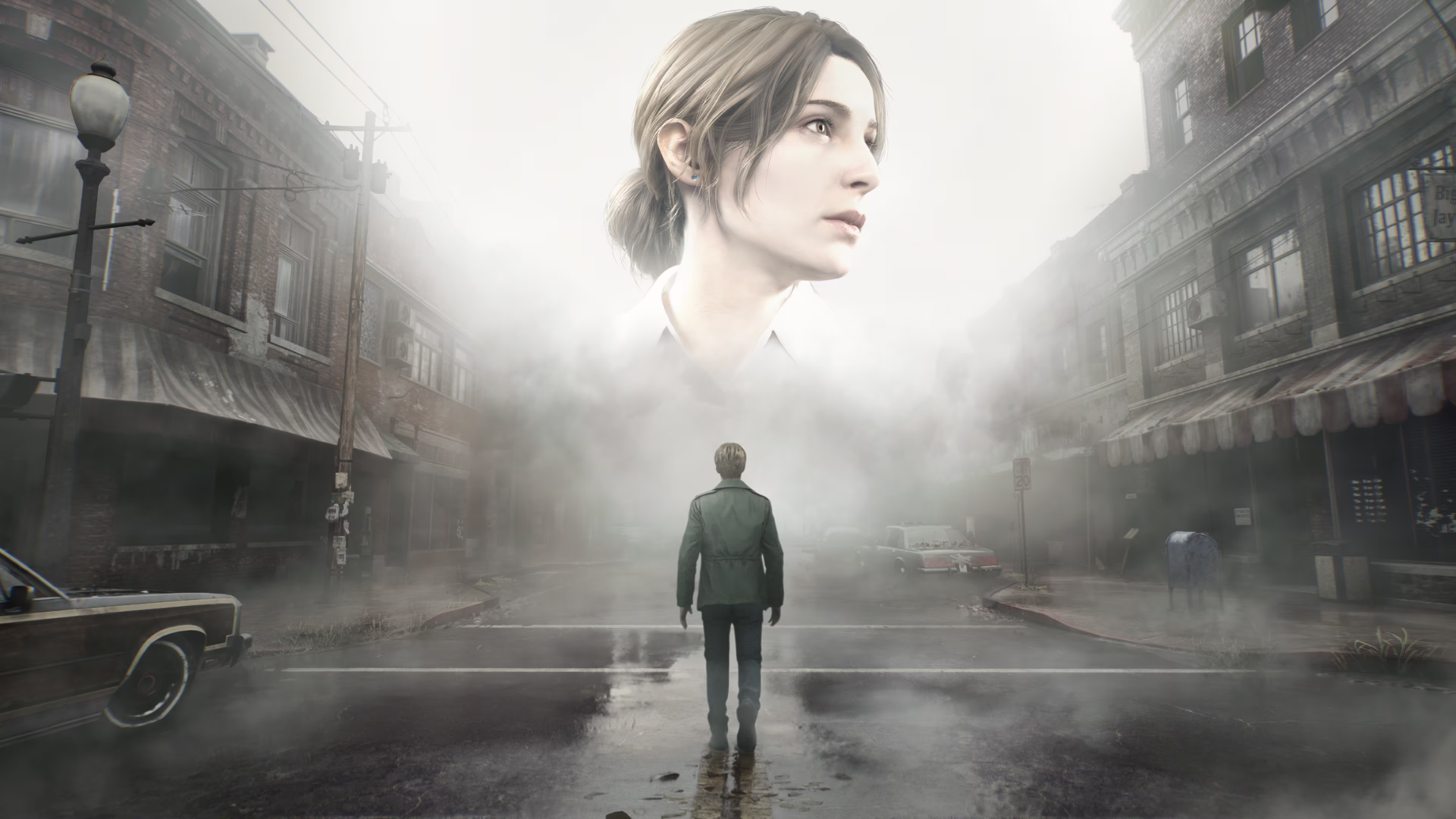
Silent Hill 2 - a remake weighted in history
What retro gaming teaches us
So what does all this mean? Retro games aren’t just a genre or a trend. They are echoes, of bedrooms lit by CRT glow, of blistered thumbs on plastic buttons, of laughter shared across living rooms. They show us a version of play that is tactile, focused, and unburdened by the overwhelming noise of social media.
They remind us that design doesn't need to be overly complex to be profound. That art can be pixelated and still be powerful. That music made of beeps can still stir the heart. For marketers, retro is a study in authenticity. For developers, it is a reminder that constraints often lead to creativity. And for players, it is a feeling, a spark, that connects the past to the present.
Retro games come from a different time, and that’s part of their magic. For some, they are filtered through rose-tinted memories. For others, they’re a portal into a history they never lived but long to understand. This duality, memory and mystery, is what makes them timeless.
In 2025, retro games still matter not because they are old, but because they carry the weight and warmth of age. They have grown with us, and in doing so, they remind us who we were when we first picked up a controller. In a world obsessed with what’s next, retro games gently ask us to remember what we already had.
